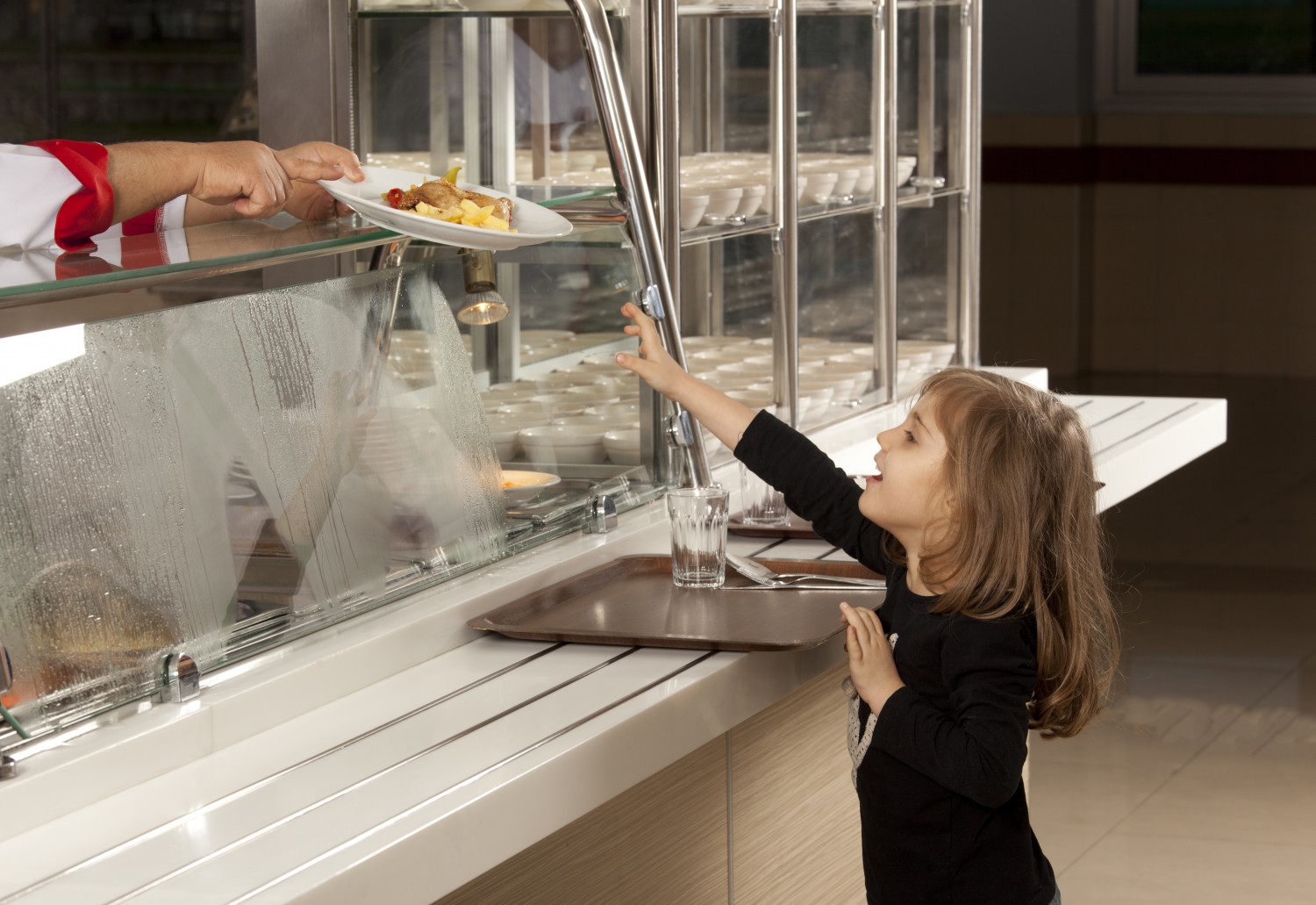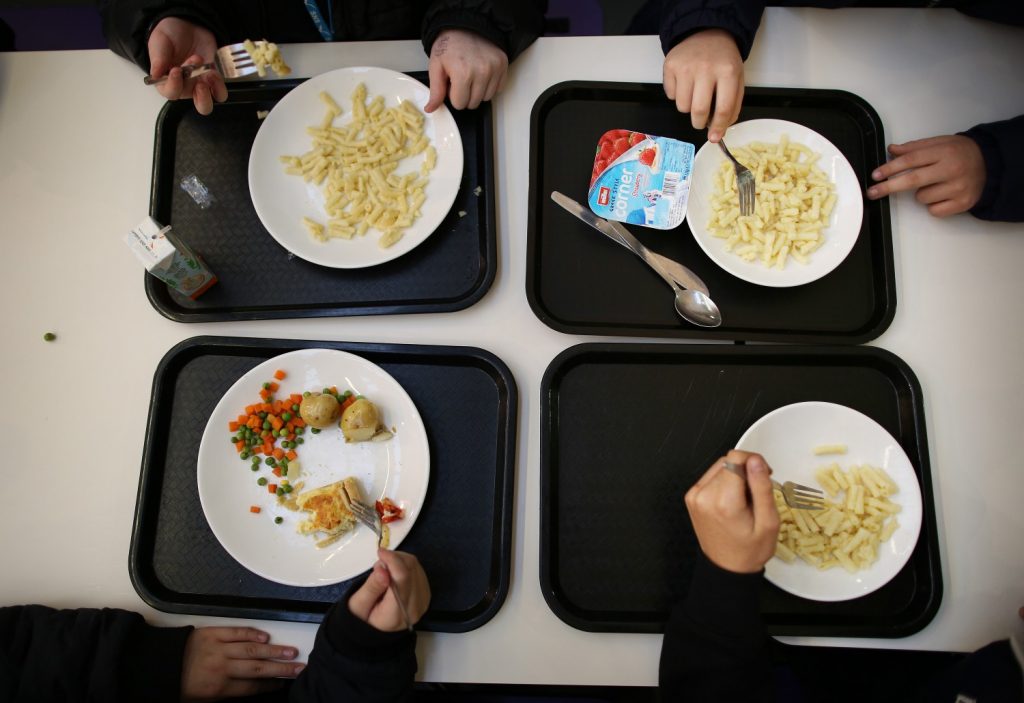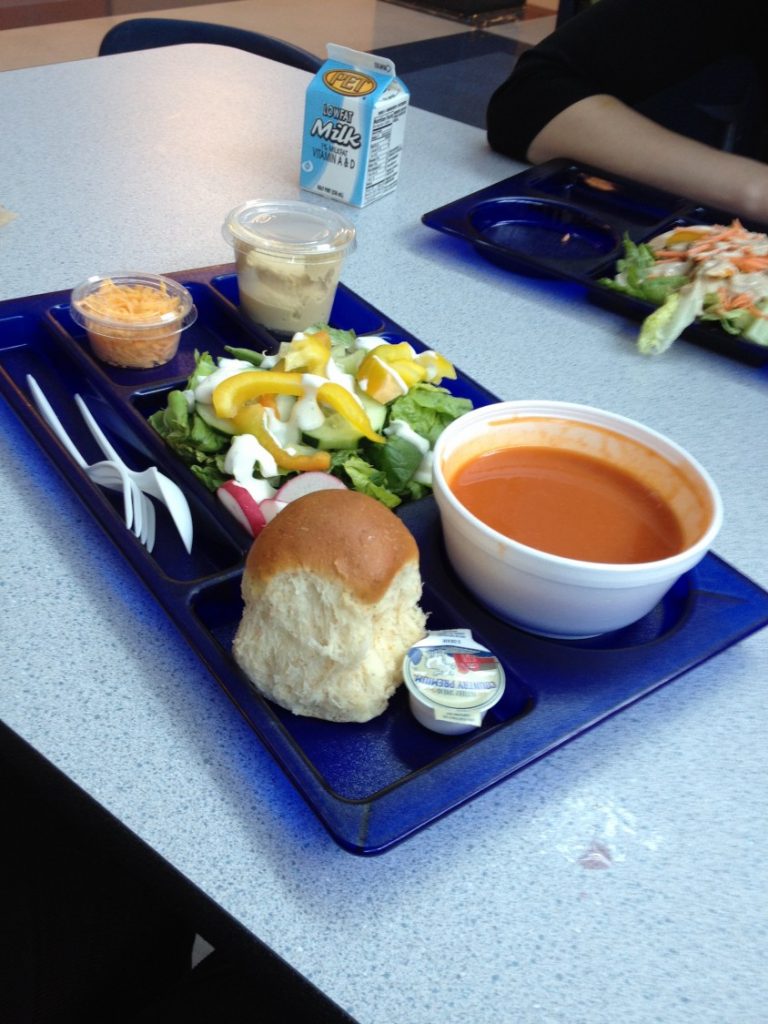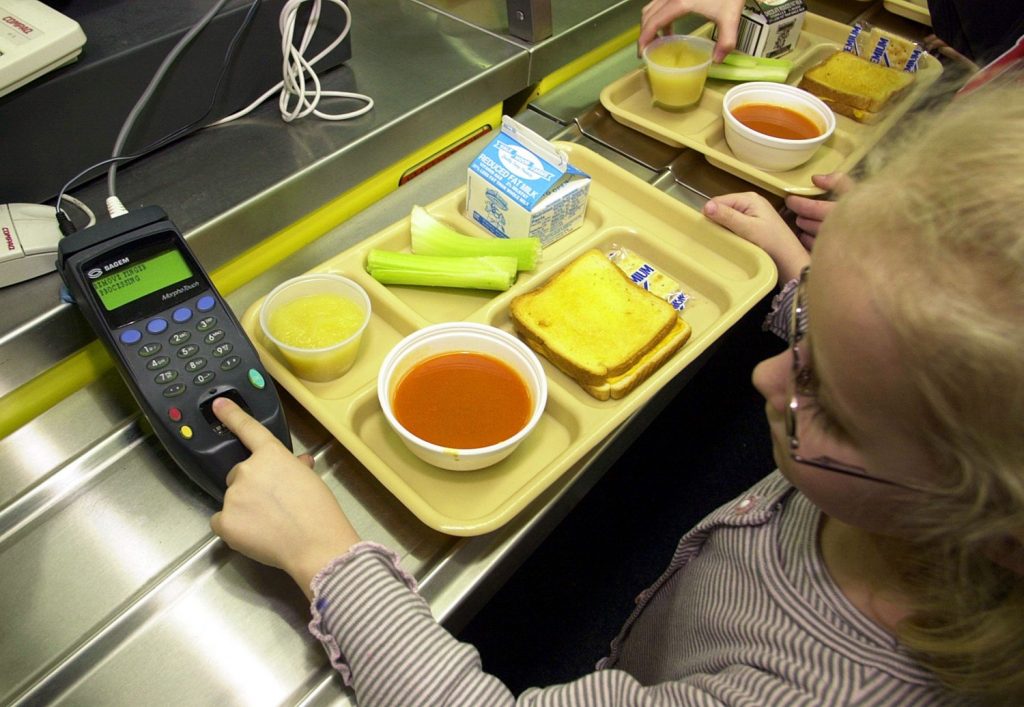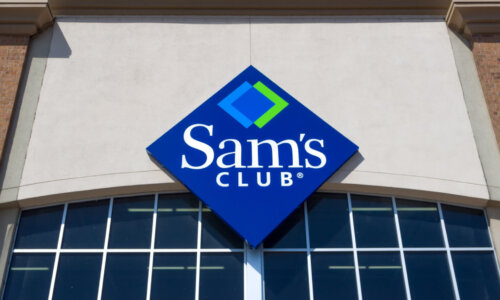School lunch is already a fraught subject. Disagreements about whether pizza is a vegetable, whether chocolate milk should be available and what should be sold in vending machines have sparked vigorous, venomous discussions. And now “lunch shaming” is at the center of the latest school lunch debate.
What Is Lunch Shaming?
Lunch shaming is a tactic some school districts use to ensure that parents pay their bills for cafeteria food.
According to the federal government, it’s a pretty common practice in which children are stigmatized for their parents’ inability to pay. A 2014 report from the Department of Agriculture reveals that nearly half of all school districts in the U.S. engage in some form of lunch shaming to force parents to pay bills. Of the schools that admitted to the practice, about 45 percent replaced a student’s hot meal with a cold sandwich, and 3 percent flat-out denied the student any food at all.
Viral Stories Spark Debate
This subject has recently come to the forefront of American consciousness after a number of viral stories. One of the most recent was last September, when a cafeteria worker in Pennsylvania wrote a post on Facebook about how she had quit after being forced to take lunch from a child who had an unpaid lunch bill.
Last June, a student in Alabama was stamped on the arm with the phrase “I Need Lunch Money.” And for years, institutions like this elementary school in Utah have thrown away lunches meant for students who had unpaid bills.
Recently, seventh grader Caitlin Dolan, who attends school in Canonsburg, Pennsylvania, was subject to this practice. When the cashier discovered Dolan had an unpaid lunch bill from last year, her tray of pizza, cucumber slices, an apple and chocolate milk was immediately thrown in the trash.
“I was so embarrassed,” Caitlin told the New York Times in an interview. “It’s really weird being denied food in front of everyone. They all talk about you.”
According to Merinda Durila, Caitlin’s mother, her daughter qualified for free lunch. A mistake in paperwork created the outstanding balance that led to the lunch going in the trash. Durila said Caitlin came home in tears after being humiliated in the lunchroom.
Who Should Decide?
The Department of Agriculture, which governs school lunch programs, has announced a July 1 deadline for states to finalize policies on how to deal with students who cannot pay for food or who have outstanding lunch bills.
“It has been a longstanding issue in schools, one that’s gone on for decades,” said Kevin W. Concannon, who was the department’s undersecretary for food, nutrition and consumer services in the Obama administration, in an interview with the New York Times.
The Agriculture Department decided last summer that school meal debt should be dealt with locally, and required states to cement their policies. “We’re not telling schools what to put in their policy, but we do want them to think about the issue,” Tina Namian, who oversees the school meals policy branch, told The New York Times.
The Department of Agriculture does not necessarily outlaw lunch-shaming practices, but offers a variety of “preferred alternatives.” Among these ideas are the suggestion of payment plans or just letting children with lunch debt eat the regular hot meal instead of a cold sandwich.
Some states have already passed laws that prohibit lunch-shaming practices, including New Mexico and Minnesota. Certain districts, like the San Francisco and Houston public school districts, have enacted similar measures.
“This is fundamentally a right-versus-wrong decision,” said Brian Busby, the chief operating officer for Houston schools, in an interview with the New York Times. “If a kid needs a meal, he’s going to eat.”
Some school districts in Detroit, Chicago, Boston and elsewhere offer free meals to the entire school under the Community Eligibility Provision, which is a federal regulation that helps schools and districts in areas that have high rates of poverty feed children regardless of individual need. A similar pilot free lunch program is being tested in New York City. But most schools in the country don’t qualify for the Community Eligibility Provision. And only about half the qualifying schools take advantage of the program.
Ultimately, the question must be asked: what can schools do about unpaid lunch debt? Last year, the School Nutrition Association published a review of nearly 1,000 school lunch programs. It found that almost 75 percent of districts had unpaid food debt.
What To Do About Lunch Debt
Some organizations, like Feed the Future Forward and School Lunch Fairy have helped districts erase debt, and specific GoFundMe and YouCaring pages are doing the same. But some organizations consider these efforts, while thoughtful, a last resort.
“We need to provide school meals on the same basis on which we provide school transportation and textbooks,” said Janet Poppendieck, a senior fellow at the CUNY Urban Food Policy Institute and author of “Free for All: Fixing School Food in America.”
Poppendieck makes a strong argument. If books and transportation are necessary for learning, shouldn’t a decent meal be a part of that package deal? And with a stunning one in five American children grappling with hunger, a solid lunch can be a crucial part of their learning environment.
What do you think? Should we let them eat? Or make them pay?
